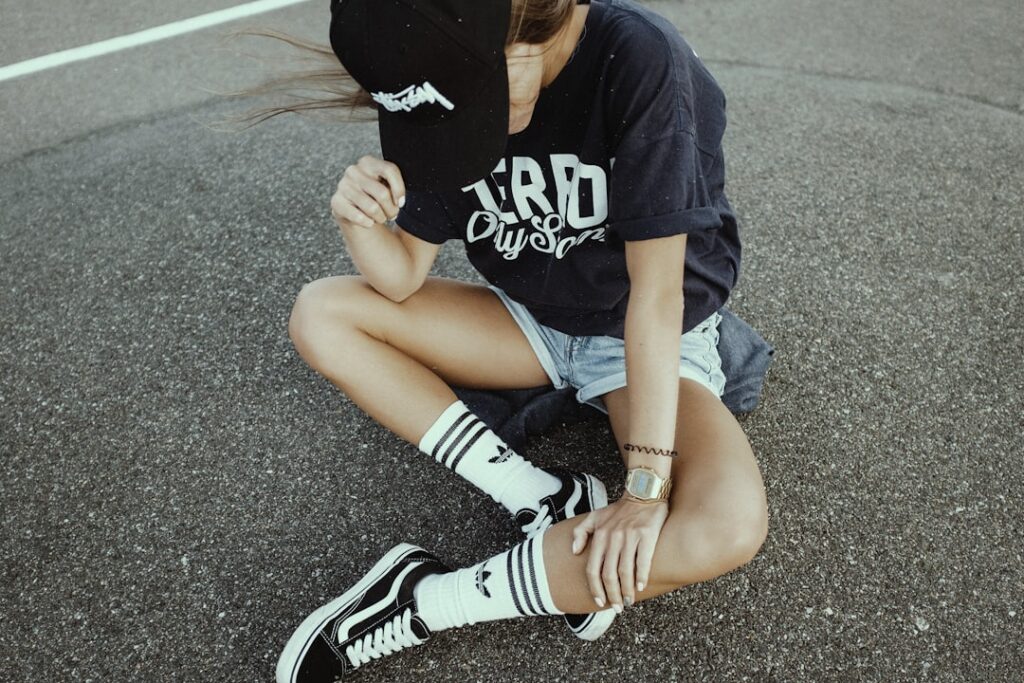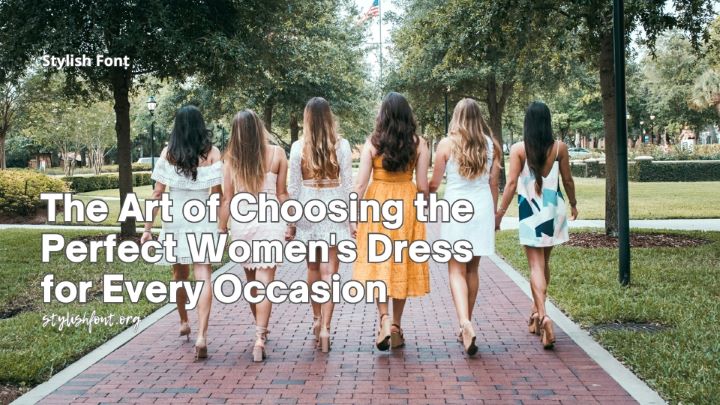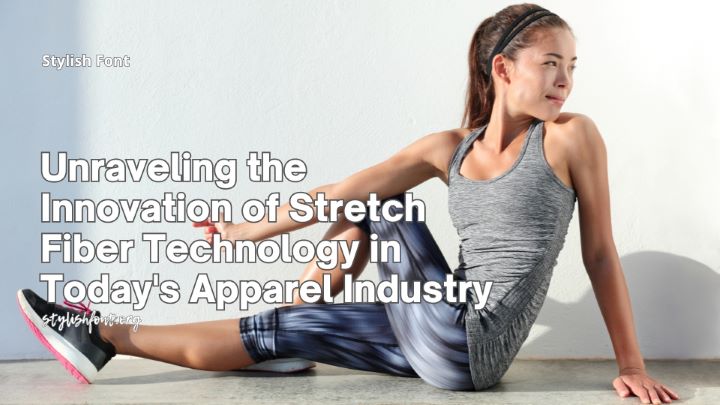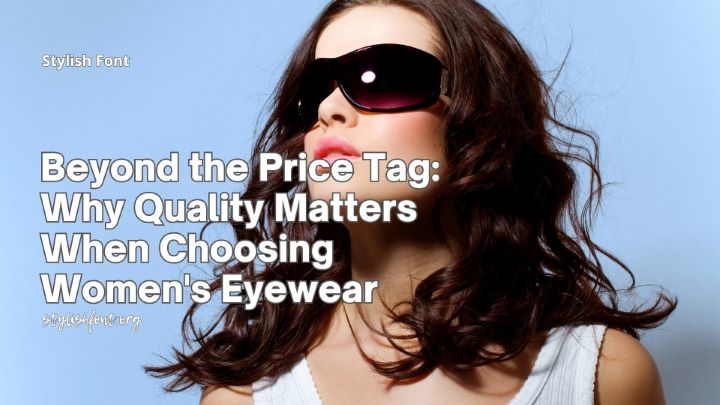In recent years, the fashion industry has witnessed a significant shift towards sustainability, with upcycled fashion emerging as a prominent trend. This movement has gained traction as consumers become increasingly aware of the environmental impact of fast fashion. The rise of upcycled fashion is not merely a fleeting trend; it represents a fundamental change in how individuals perceive clothing and its lifecycle.
As people seek to reduce waste and embrace more sustainable practices, upcycled fashion offers a creative solution that combines style with environmental consciousness. The popularity of upcycled fashion can be attributed to several factors, including the growing awareness of climate change and the detrimental effects of textile waste. With millions of tons of clothing ending up in landfills each year, the need for innovative solutions has never been more pressing.
Upcycling, which involves transforming discarded materials into new products, allows designers and consumers alike to participate in a more sustainable fashion ecosystem. This movement has sparked a wave of creativity, encouraging individuals to rethink their relationship with clothing and embrace unique, one-of-a-kind pieces that tell a story.
Key Takeaways
- Upcycled fashion is on the rise as consumers seek sustainable and unique clothing options.
- Understanding upcycling in fashion involves repurposing and transforming old or discarded materials into new and stylish pieces.
- Upcycling techniques and methods include patchwork, embellishments, and creative pattern cutting to breathe new life into old garments.
- Many upcycled fashion brands and designers are leading the way in creating innovative and eco-friendly clothing options.
- Incorporating upcycled fashion into your wardrobe can be as simple as shopping at thrift stores or participating in clothing swap events.
Understanding Upcycling in Fashion
The Value of Upcycling in Fashion
At its core, upcycling challenges the conventional notions of consumerism and encourages a more mindful approach to fashion. It invites consumers to consider the origins of their clothing and the resources that went into producing them. By embracing upcycled fashion, individuals can contribute to a circular economy where materials are reused and repurposed rather than discarded.
A Shift in Mindset
This shift in mindset is crucial for fostering a more sustainable future in the fashion industry, as it promotes responsible consumption and encourages creativity in design.
Towards a More Sustainable Future
By adopting upcycling practices, the fashion industry can reduce its environmental footprint and promote a culture of sustainability. As consumers become more aware of the impact of their purchasing decisions, upcycling is poised to play a vital role in shaping a more responsible and eco-friendly fashion landscape.
Upcycling Techniques and Methods
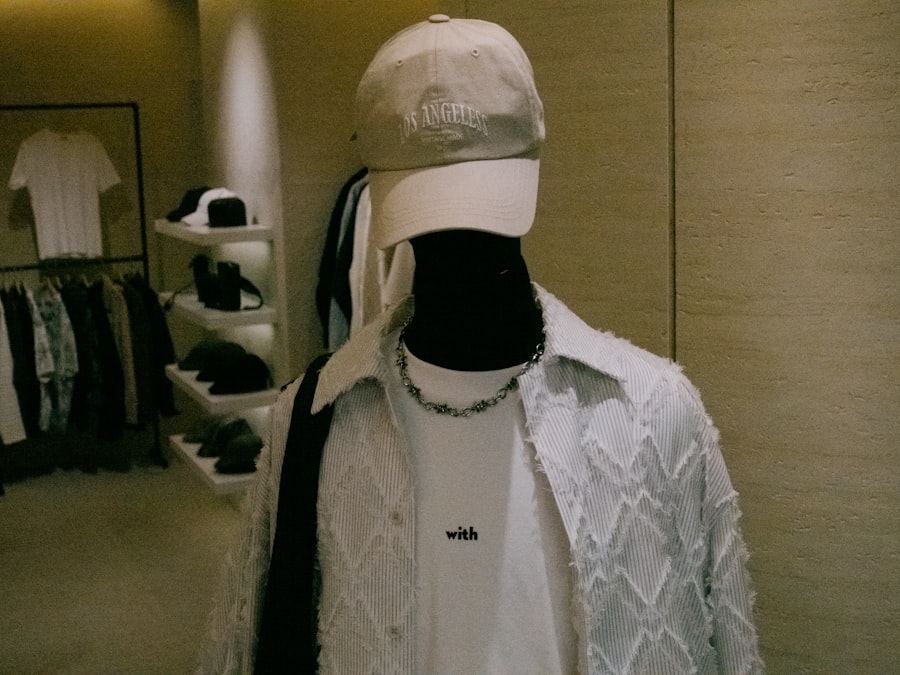
The techniques and methods used in upcycled fashion are as diverse as the materials themselves. Designers often employ various strategies to transform discarded items into fashionable garments or accessories. One common method is patchwork, where pieces of fabric from old clothing are sewn together to create new designs.
This technique not only adds visual interest but also allows for the preservation of sentimental fabrics that might otherwise be thrown away. Another popular technique is deconstruction, which involves taking apart existing garments to create something entirely new. This method allows designers to experiment with shapes, textures, and colors, resulting in innovative pieces that challenge traditional fashion norms.
Additionally, embellishment techniques such as embroidery or appliqué can be used to enhance upcycled items, adding a personal touch that reflects the wearer’s style. These methods highlight the creativity inherent in upcycling, showcasing how discarded materials can be transformed into wearable art.
Upcycled Fashion Brands and Designers
| Brand/Designer | Upcycling Method | Materials Used | Environmental Impact |
|---|---|---|---|
| Stella McCartney | Using upcycled textiles and materials | Organic cotton, recycled polyester, regenerated cashmere | Reduction in water usage and carbon emissions |
| Reformation | Upcycling vintage clothing and deadstock fabrics | Vintage denim, deadstock silk, recycled polyester | Reduction in waste and water usage |
| Patagonia | Upcycling plastic bottles into clothing | Recycled polyester from plastic bottles | Reduction in plastic waste and energy consumption |
A growing number of brands and designers are leading the charge in the upcycled fashion movement, each bringing their unique vision and approach to sustainability. One notable brand is Reformation, which has gained popularity for its commitment to eco-friendly practices and stylish designs. By utilizing deadstock fabrics and vintage materials, Reformation creates trendy pieces that resonate with environmentally conscious consumers.
Another influential designer is Christopher Raeburn, known for his innovative use of surplus materials. Raeburn’s collections often feature repurposed military fabrics and other discarded textiles, showcasing how upcycling can be both functional and fashionable. His work emphasizes the importance of storytelling in fashion, as each piece carries a history that adds depth to its design.
These brands and designers exemplify the potential of upcycled fashion to challenge industry norms while promoting sustainability.
How to Incorporate Upcycled Fashion into Your Wardrobe
Incorporating upcycled fashion into one’s wardrobe can be an exciting journey filled with creativity and self-expression. One effective way to start is by exploring thrift stores or vintage shops, where hidden gems await discovery. Shoppers can find unique pieces that can be easily transformed through simple alterations or embellishments.
For instance, an oversized vintage jacket can be tailored for a more fitted look or adorned with patches to add a personal touch. Another approach is to seek out local artisans or small businesses specializing in upcycled fashion. Many designers offer custom pieces made from reclaimed materials, allowing individuals to invest in unique items that align with their values.
Additionally, hosting clothing swaps with friends can be a fun way to refresh one’s wardrobe while promoting sustainability. By sharing and exchanging clothing, individuals can breathe new life into their style without contributing to the cycle of fast fashion.
The Environmental Benefits of Upcycled Fashion

Conservation of Resources
The fashion industry is notorious for its high water consumption and pollution levels; thus, embracing upcycled practices can help mitigate these issues. By reducing the need for new resources, upcycling helps to conserve water, energy, and raw materials, which in turn reduces the environmental impact of the fashion industry.
Reducing Textile Waste
Upcycling directly addresses the problem of textile waste. With millions of tons of clothing discarded each year, finding ways to reuse these materials is crucial for reducing landfill contributions. Upcycled fashion not only diverts waste from landfills but also promotes a culture of sustainability that encourages consumers to think critically about their purchasing habits.
A Sustainable Future
By choosing upcycled items, individuals can actively participate in reducing their carbon footprint while supporting a more sustainable future for the planet. By making conscious fashion choices, consumers can contribute to a more environmentally friendly fashion industry, one that values sustainability and reduces its impact on the environment.
Upcycled Fashion DIY Projects
For those looking to engage more deeply with upcycled fashion, DIY projects offer an excellent opportunity for creativity and self-expression. One popular project involves transforming old jeans into stylish tote bags or purses. By cutting and sewing together various parts of the jeans, individuals can create functional accessories while giving new life to worn-out garments.
Another fun DIY project is creating unique home decor items from old clothing. For example, fabric scraps can be used to make decorative pillows or wall hangings, adding a personal touch to any living space. These projects not only promote sustainability but also allow individuals to showcase their creativity while reducing waste.
Engaging in DIY upcycling fosters a sense of accomplishment and encourages others to consider the potential of discarded materials.
Upcycled Accessories: From Bags to Jewelry
Upcycled accessories have become increasingly popular as consumers seek unique items that reflect their personal style while promoting sustainability. Bags made from repurposed materials are particularly sought after; they range from chic clutches crafted from vintage fabrics to sturdy totes made from old canvas or leather goods. These accessories not only serve practical purposes but also make bold fashion statements that stand out in a crowd.
Jewelry is another area where upcycling shines brightly. Many artisans create stunning pieces using discarded items such as broken jewelry, vintage buttons, or even repurposed electronics. These one-of-a-kind accessories often carry stories from their previous lives, adding depth and character to each piece.
By choosing upcycled jewelry, consumers can express their individuality while supporting sustainable practices within the fashion industry.
Upcycled Fashion for Men
While upcycled fashion has often been associated with women’s clothing, it is essential to recognize its growing presence in men’s fashion as well. Many designers are now creating stylish menswear using reclaimed materials, offering options that cater to environmentally conscious men who want to make a statement with their clothing choices. From tailored jackets made from vintage suits to casual wear crafted from repurposed fabrics, there are numerous ways for men to embrace this trend.
Moreover, men’s accessories such as belts, bags, and hats made from upcycled materials are gaining popularity. These items not only enhance an outfit but also reflect a commitment to sustainability. As awareness around environmental issues continues to rise, more men are seeking out brands that prioritize ethical practices and offer stylish alternatives to fast fashion.
Upcycled Fashion for Kids
The upcycled fashion movement has also made significant strides in children’s clothing, providing parents with eco-friendly options for their little ones. Many brands now specialize in creating playful and stylish garments using reclaimed fabrics or secondhand materials. These pieces often feature vibrant colors and unique patterns that appeal to children while promoting sustainability.
Incorporating upcycled fashion into children’s wardrobes not only benefits the environment but also teaches kids valuable lessons about resourcefulness and creativity. Parents can involve their children in DIY projects by allowing them to customize old clothing or create new items from fabric scraps. This hands-on approach fosters an appreciation for sustainable practices from an early age and encourages children to think critically about their consumption habits.
The Future of Upcycled Fashion
As the world continues to grapple with environmental challenges, the future of upcycled fashion looks promising. The movement is gaining momentum as more consumers prioritize sustainability in their purchasing decisions. This shift is prompting brands and designers to innovate further, exploring new techniques and materials that push the boundaries of traditional fashion design.
Moreover, advancements in technology are likely to play a significant role in shaping the future of upcycled fashion. Innovations such as digital printing on recycled fabrics or automated sorting systems for textile waste could streamline the upcycling process and make it more accessible for both designers and consumers alike. As awareness grows and technology evolves, upcycled fashion has the potential to become a mainstream choice rather than a niche market.
In conclusion, the rise of upcycled fashion represents a transformative shift within the industry towards sustainability and creativity. By understanding its principles and incorporating it into everyday wardrobes, individuals can contribute positively to the environment while expressing their unique style. As this movement continues to evolve, it holds great promise for shaping a more sustainable future in fashion.
FAQs
What is upcycled fashion?
Upcycled fashion refers to the process of taking old or discarded clothing and materials and transforming them into new, stylish and sustainable fashion pieces.
How is upcycled fashion different from recycled fashion?
Upcycled fashion involves taking existing materials and transforming them into new garments, while recycled fashion involves breaking down materials to create new ones.
What are the benefits of upcycled fashion?
Upcycled fashion helps reduce waste, conserves resources, and promotes sustainability in the fashion industry. It also allows for unique and one-of-a-kind pieces to be created.
Where can I find upcycled fashion pieces?
Upcycled fashion pieces can be found in specialty boutiques, online marketplaces, and from independent designers who specialize in sustainable fashion.
Is upcycled fashion more expensive than traditional fashion?
Upcycled fashion can vary in price, but it is often comparable to or slightly more expensive than traditional fashion due to the labor-intensive process of creating unique pieces from existing materials.
Can I upcycle my own clothing at home?
Yes, upcycling can be done at home with some basic sewing skills and creativity. There are many DIY tutorials and resources available for upcycling old clothing into new fashion pieces.

